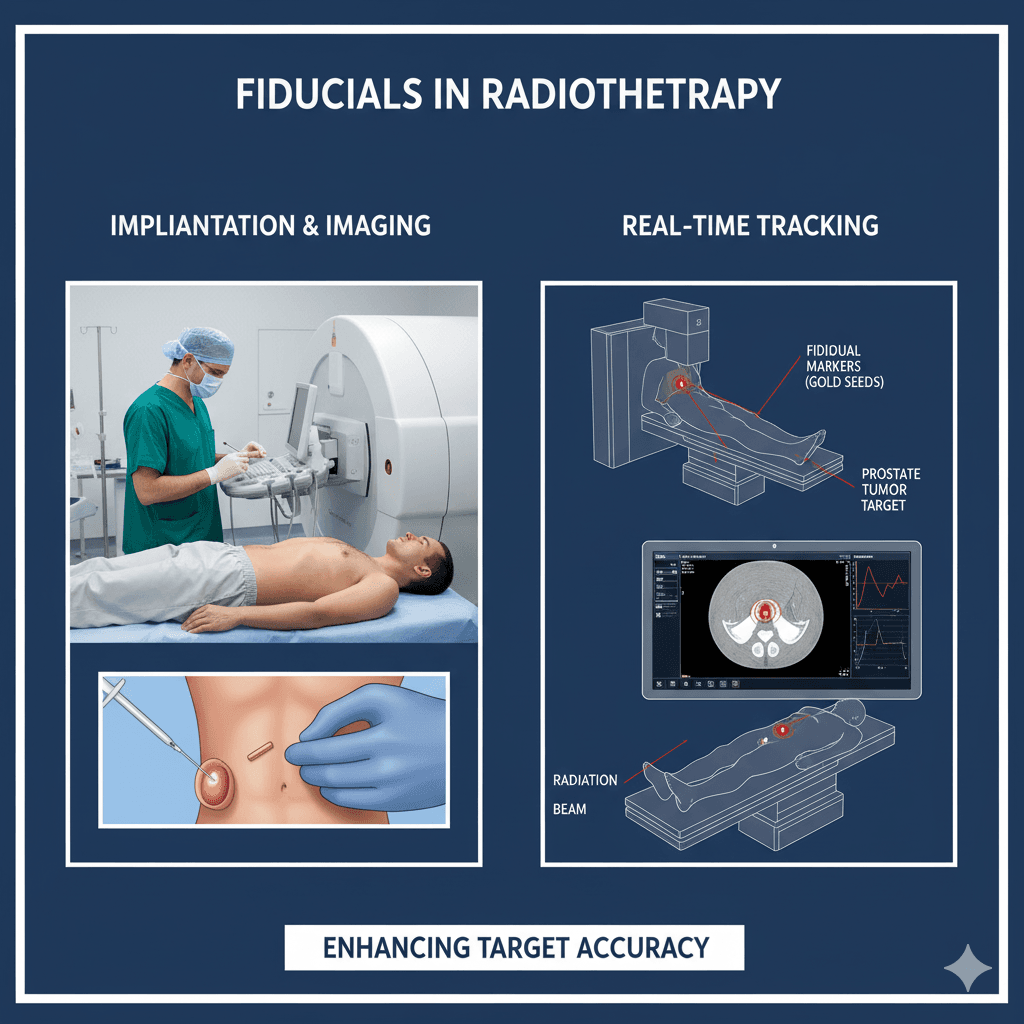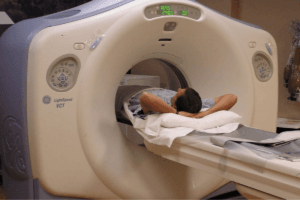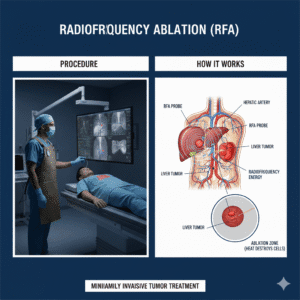
Fiducials in Radiotherapy

Q1: What are fiducials in radiotherapy treatment planning?
A: Fiducials are small markers, typically made of gold or other biocompatible materials, that are implanted into or near a tumor before radiotherapy. These markers act as reference points to help the radiation therapy team precisely locate and target the tumor during each treatment session. Fiducials are especially useful in treating tumors that can move within the body, such as those in the lungs, prostate, or liver.
Q2: How do fiducials work in radiotherapy?
A: Fiducials work by providing a consistent and visible point of reference on imaging scans used during radiotherapy. Since tumors can shift slightly due to patient movement, breathing, or changes in body position, the fiducials help the radiation therapist align the radiation beams with the tumor accurately. This ensures that the tumor receives the full dose of radiation while minimizing exposure to surrounding healthy tissues.
Q3: Why are fiducials important in radiotherapy?
A: Fiducials are important because:
Enhanced accuracy: They improve the precision of radiation delivery by helping the radiation team consistently target the tumor, even if it moves slightly between treatment sessions.
Better tumor tracking: Fiducials allow for real-time monitoring of the tumor’s position during treatment, especially in tumors that move with breathing or other bodily functions.
Reduced side effects: By ensuring that radiation is delivered directly to the tumor, fiducials help minimize the radiation dose to surrounding healthy tissues, reducing the risk of side effects.
Q4: How are fiducials placed?
A: Fiducials are placed during a minimally invasive procedure, which usually involves the following steps:
Preparation: Depending on the tumor’s location, you may receive local anesthesia or mild sedation to ensure comfort during the procedure.
Imaging guidance: The fiducials are inserted using imaging techniques like ultrasound, CT, or MRI to ensure accurate placement near or within the tumor.
Insertion: The fiducials are inserted through a needle or catheter into the targeted area. The procedure is typically quick and can be done on an outpatient basis.
Post-procedure care: You may be monitored for a short time after the procedure before going home. Most patients can resume normal activities soon after.
Q5: What should I expect during and after fiducial placement?
A: During fiducial placement, you may feel some pressure or mild discomfort, but the procedure is generally well-tolerated. After the procedure, there may be some mild soreness or bruising at the insertion site, but this usually resolves quickly. Your healthcare team will give you specific instructions on how to care for the insertion site and what to watch for in terms of signs of complications, such as infection.
Q6: How do fiducials improve radiotherapy outcomes?
A: Fiducials improve radiotherapy outcomes by:
Allowing for more precise targeting: The consistent reference points provided by fiducials ensure that radiation is delivered exactly where it’s needed, even if the tumor moves between sessions.
Supporting advanced techniques: Fiducials are particularly useful in advanced radiotherapy techniques like stereotactic body radiotherapy (SBRT) and intensity-modulated radiation therapy (IMRT), where high precision is essential.
Facilitating image-guided radiotherapy (IGRT): Fiducials are often used in conjunction with IGRT, which involves taking imaging scans before or during treatment to confirm the tumor’s position and adjust the radiation beams accordingly.
Q7: Are there any risks or complications associated with fiducial placement?
A: While fiducial placement is generally safe, there are some potential risks, including:
Infection: As with any invasive procedure, there is a small risk of infection at the insertion site.
Bleeding or bruising: Some patients may experience minor bleeding or bruising where the fiducials are inserted.
Migration: In rare cases, the fiducials may move from their original position, potentially affecting treatment accuracy.
Your healthcare team will monitor you closely during and after the procedure to manage any potential complications.
Q8: How do I know if fiducials are needed for my radiotherapy treatment?
A: The decision to use fiducials is based on the location, size, and movement potential of your tumor, as well as the type of radiotherapy being planned. Tumors in areas prone to movement, such as the lungs, liver, or prostate, often benefit from fiducial placement to ensure precise targeting. Your radiation oncologist will discuss whether fiducials are necessary for your treatment and explain the benefits and risks involved.
If you have more questions about fiducials or their role in your radiotherapy treatment plan, you may consult Dr Ruchir Bhandari to understand how fiducials will contribute to the accuracy and effectiveness of your treatment.
Related Post


CyberKnife
August 6, 2024

Immunotherapy
August 7, 2024

MRI Linac
August 7, 2024

Gamma Knife
August 7, 2024

Cancer Screening
August 22, 2024
Gallery
Click below to book a clinic appointment
Ask More Questions Send Query On Email





